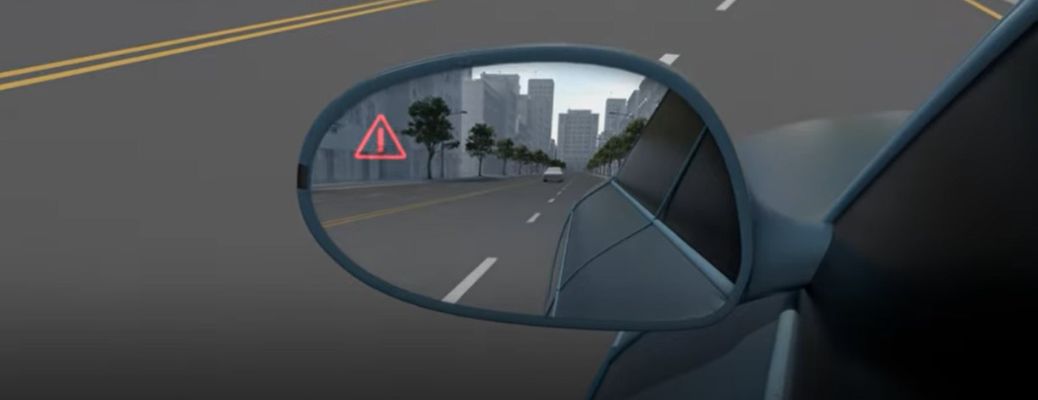How BCA works and the benefits of this technology
What is blind-spot collision-avoidance assist? Blind-spot collision-avoidance assist is a cutting-edge safety feature designed to help prevent accidents caused by those pesky blind spots. This advanced system employs a combination of sensors and technology to keep you and your passengers safe on the road. Keep reading with Matt Castrucci Kia in Dayton, OH, to learn about how BCA works and the benefits of this technology.
How does blind-spot collision-avoidance assist work?
BCA uses sensors to monitor the areas around your vehicle that are typically obscured from view. Here’s a breakdown of how it operates:
- Lane change assist: When you activate your turn signal to change lanes, BCA scans for vehicles in your blind spot. If it detects a potential collision risk, it alerts you.
- Parking safety: BCA’s watchful eye extends beyond highway driving. When you’re exiting a parallel parking spot, it scans for approaching vehicles. If it detects a car coming from behind, it can apply the brakes to prevent a collision.
Blind-spot Collision-avoidance Assist (BCA) | Kia video
Check out this video from Kia to learn more about blind-spot collision-avoidance assist.
The benefits of blind-spot collision-avoidance assist technology
- Enhanced safety: BCA significantly reduces the risk of accidents caused by blind-spot collisions, one of the most common types of crashes.
- Peace of mind: Knowing that your vehicle has an extra set of eyes watching your back can provide a sense of security and confidence while driving.
- Potential insurance savings: Some insurance companies offer discounts for vehicles equipped with advanced safety features like BCA.
While BCA is a fantastic tool, it’s essential to remember that it’s not a substitute for attentive driving. Always be aware of your surroundings and maintain a safe following distance.



